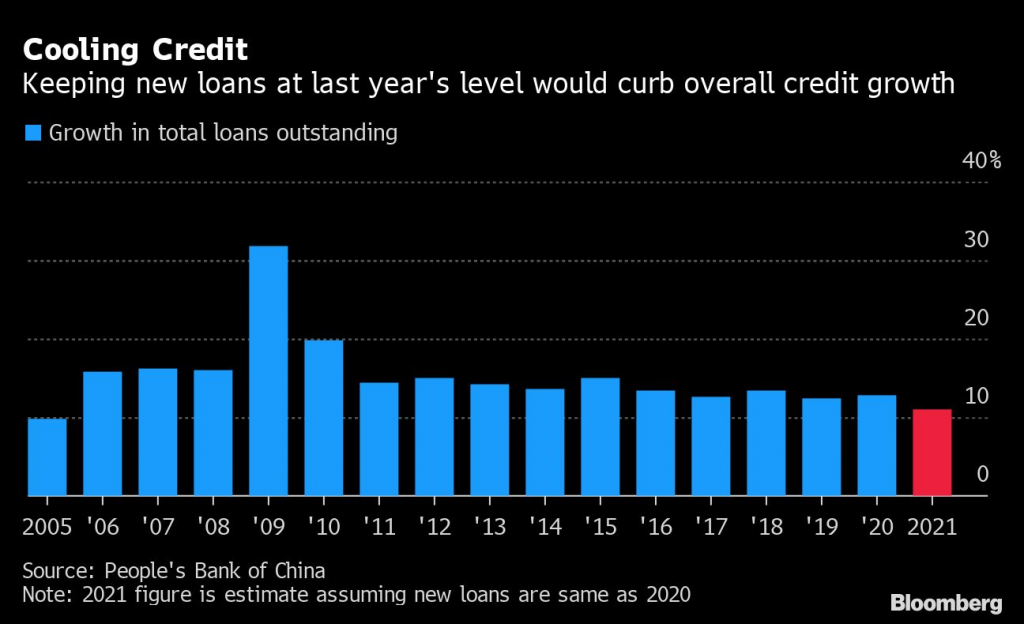Stunning copper price rally stumbles as doubts creep in on demand

Copper surged into the first two months of 2021 on expectations that it would smash through record highs, and almost did so in late February. So why has it been treading water since?
The following four charts show how both physical and financial indicators could be turning against the metal and threatening to push prices lower, even while analysts say the longer-term picture is still strong. The headwinds for the industrial bellwether metal underscore the tenuousness of the global recovery from the coronavirus pandemic.
Warnings from warehouses
Stockpiles in warehouses tracked by exchanges in London and Shanghai have surged in recent weeks, helping ease concerns over tight supplies. Inventories monitored by the London Metal Exchange have more than doubled since late February. Stocks on the Shanghai Futures Exchange rose for nine straight weeks through early April in the longest run since 2014.

Deflating premium
Signs of weakening are also emerging in China’s appetite for foreign copper. The Yangshan copper premium, a gauge of China’s import demand, has declined by more than 40% from this year’s high.

The falloff could be a precursor to a broader plateauing in demand as economies emerge from the pandemic, according to Ed Meir at ED&F Man Capital Markets.
Credit growth curtailment
One of the big headwinds for copper in recent weeks has been concern over a potential curtailment in credit growth in China, as part of Beijing’s efforts to avoid asset bubbles. That could also lead to weakening in key consumption areas, tempering optimism over the outlook after investors bet that reopening economies and massive stimulus globally would fuel demand for the metal.

“As China retools its economy on a consumer-led path, it is unlikely the country will continue to demand the same amount of commodities,” JPMorgan Chase & Co. analysts including Natasha Kaneva said in a note.
Mine supply
Another big concern for the copper market is that the resurgence in coronavirus cases will mean more lockdowns, crimping demand for the economic bellwether. While those restrictions could also mean lower supplies as miners struggle to maintain output, there are few signs of a significant slowdown in output so far.

Codelco, the world’s biggest copper producer, managed to lift first-quarter output despite a surge of infections in Chile, Chairman Juan Benavides said in an interview. Chile’s Mining Undersecretary Edgar Blanco said the nation expects to be able to navigate both the pandemic and a slew of wage talks to increase output this year.
Copper for delivery in May was up 0.24% on Tuesday, with futures at $4.0280 per pound ($8,616 a tonne) on the Comex market in New York.
Still, there are signs that supplies could be starting to come under strain. In the past several months, Chilean output has been lower than year-ago levels, and analysts say spending on infrastructure and green-energy projects will eventually bolster demand. And Citigroup Inc. sees copper hitting a record $10,500 a ton in three to six months.
(By Yvonne Yue Li, with assistance from Mark Burton and James Attwood)
More News
{{ commodity.name }}
{{ post.title }}
{{ post.date }}

Comments